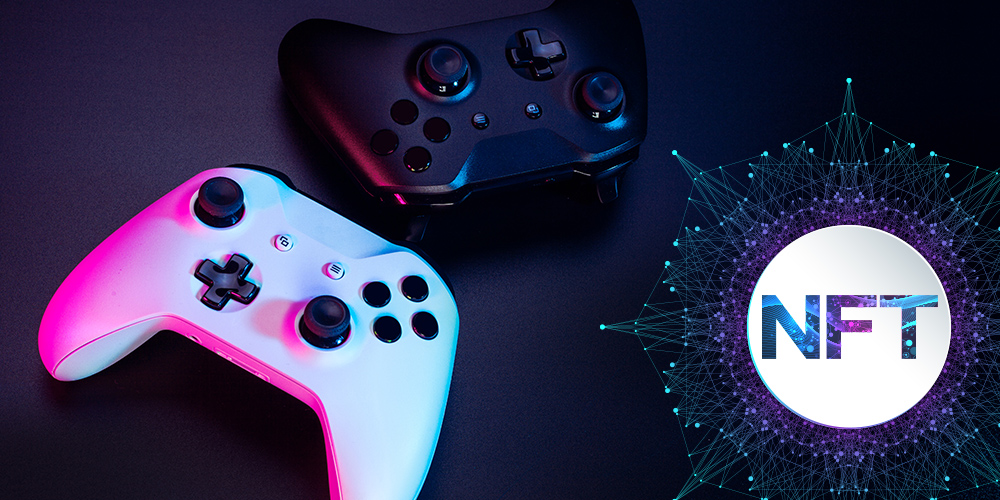The Role Of Nfts In The Future Of Gaming
In the ever-evolving world of gaming, Non-Fungible Tokens (NFTs) have been making waves as a game-changer. Gone are the days of mere collectibles; NFTs have transcended to become an integral part of the gaming experience. They’re no longer just a novelty, but a vital component of what’s shaping the future of gaming.

- The Rise Of Decentralized Exchanges: Revolutionizing The Crypto Trading Landscape
- What Is A Flash Loan In Defi And How Can It Be Used
- Staying One Step Ahead Of The Crypto Scammers: Expert Tips To Protect Your Digital Assets
- Secure Your Crypto Fortune: Expert-Recommended Cold Wallets For 2024
- Unlocking New Income Streams: A Journey Through DeFi Lending Protocols
Imagine a world where your in-game cosmetics aren’t just temporary avatars, but unique digital assets that hold real value. A world where your hard-earned digital loot is more than just pixels on a screen – it’s a tangible piece of gaming history. Welcome to the NFT revolution, where the lines between physical and digital realities are becoming increasingly blurred.
One of the most significant advantages of NFTs in gaming is the concept of true ownership. Unlike traditional gaming items, which are essentially rented to players, NFTs give gamers complete control over their digital possessions. This means that players can buy, sell, and trade their in-game items freely, just as they would with real-world assets.
This shift in ownership dynamics has created a new economy within the gaming industry. Players can now monetize their gaming skills and time by selling rare items or unique digital collectibles. It’s not uncommon to see gamers buying and selling NFTs for tens of thousands of dollars, sometimes even more.
NFTs have also given rise to a new breed of gaming experiences: blockchain-based games. These games utilize blockchain technology to create decentralized ecosystems, where players can interact with each other in a trustless, transparent environment. This allows for peer-to-peer transactions, community-driven development, and a level of security that’s unmatched by traditional gaming platforms.
But what about the environmental impact of NFTs? The criticisms surrounding energy consumption and e-waste have been well-documented. However, the gaming industry has been actively working to mitigate these concerns. The rise of eco-friendly blockchain solutions, like proof-of-stake and energy-efficient networks, has significantly reduced the carbon footprint of NFT-related gaming.
Another area where NFTs are excelling is in virtual events and experiences. With the rise of virtual reality (VR) and augmented reality (AR), gamers are no longer limited to traditional screen-based experiences. NFTs can be used to create unique, one-of-a-kind experiences that blur the lines between the physical and digital worlds.
For instance, players can attend virtual concerts, sporting events, or even receive exclusive access to celebrity meet-and-greets. These experiences are then stored as NFTs, serving as digital badges of honor that prove attendance or participation.
As NFTs continue to evolve, we can expect to see more applications in gaming. Imagine being able to purchase a virtual plot of land, build your own in-game estate, and then sell it to other players. This level of immersion and agency is what sets NFTs apart from traditional gaming experiences.
In the future, we’ll see even more innovative uses of NFTs in gaming. Developers will continue to push the boundaries of what’s possible, creating new experiences that merge physical and digital realities. One thing is certain – the role of NFTs in gaming has only just begun, and the possibilities are endless.
